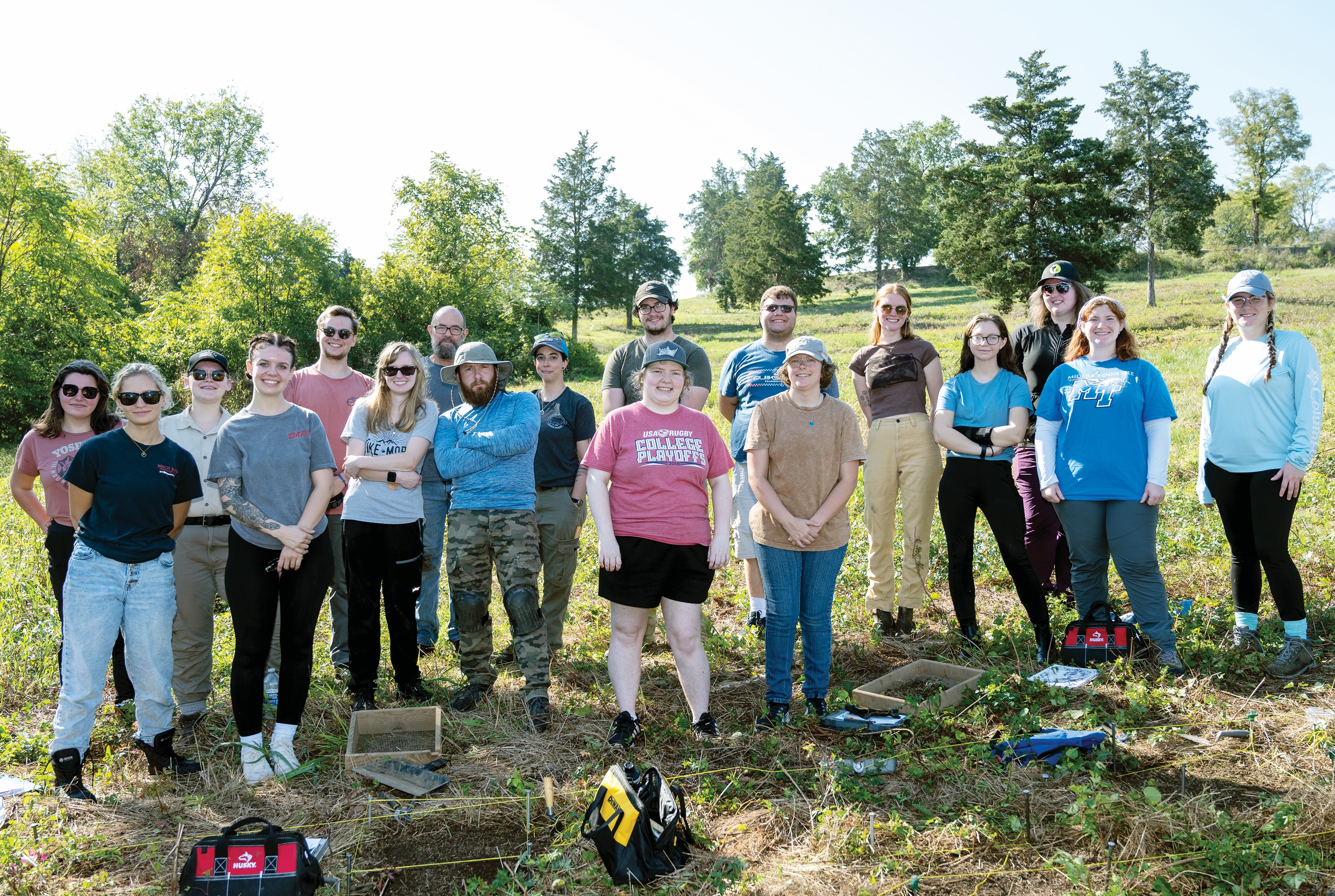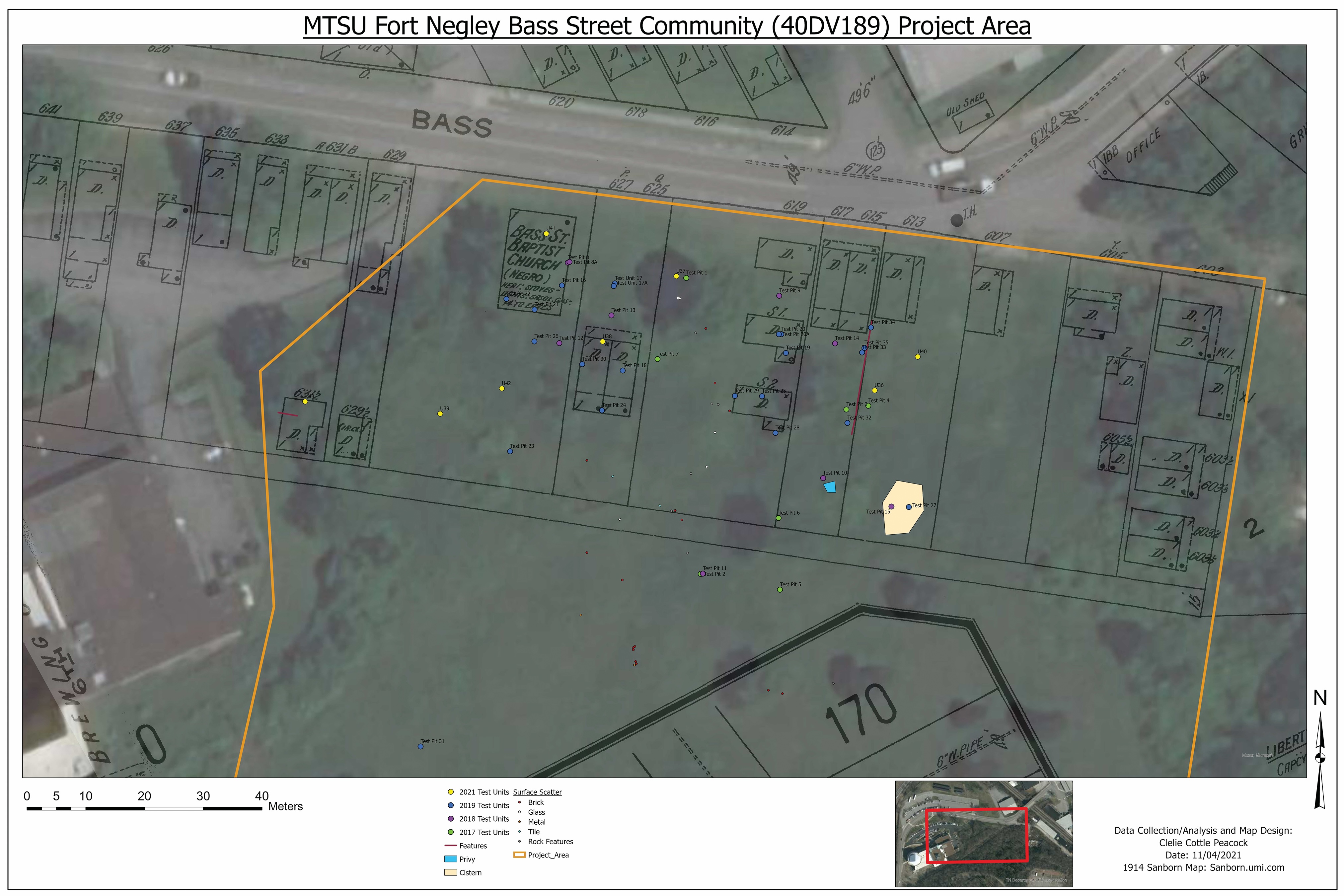
4 minute read
Unearthing Bass Street
Archaeology students document and reclaim community at Nashville site
by Nancy DeGennaro
MTSU Archaeology students are getting hands-on with history through ongoing research at the site of one of Nashville’s first post-Civil War Black neighborhoods.
Led by Professor Andrew Wyatt, the Bass Street Community Archaeology Project provides experiential learning in the basics of fieldwork for students while preserving an important part of Black history.
“What we are doing here is very unique in archaeology,” said Wyatt, who has been taking students in his Introduction to Archaeology course to work with upper-level students and MTSU alumni at the site over the past seven years.
“Many projects focusing on Black history concentrate on the period of enslavement, but we are looking at the history of Black Nashville from the period of Reconstruction through to the Civil Rights era.”

Bass Street is at the foot of Fort Negley, a Union Army stronghold built by hundreds of enslaved and freed Black people during the Civil War. Once the war ended, the area developed into a thriving Black community that was later demolished and residents forced to relocate to make way for Interstates 65 and 40.
In 2017, Vanderbilt University professor and digital archivist Angela Sutton began the Fort Negley Descendants Project to trace family histories of those who built the Civil War fortress. Around the same time, Wyatt was searching for a project for his students.
At the suggestion of MTSU Department of Geosciences faculty member Zada Law, Wyatt connected with Sutton, and the Bass Street Community Archaeology Project was born.

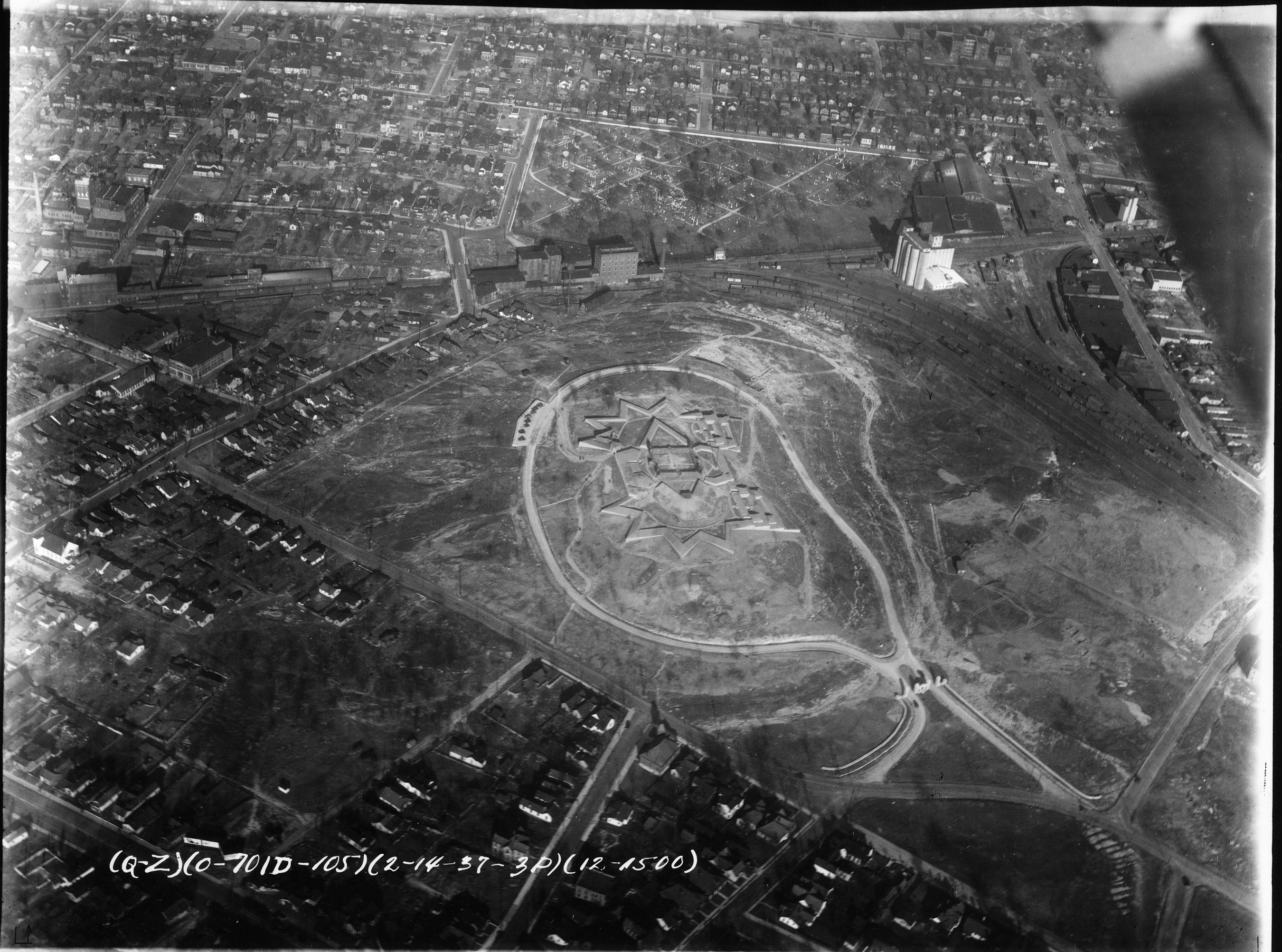
Taylor Tims, an Anthropology major and College of Liberal Arts student emissary, said the project has been beneficial on multiple levels—from a preservation standpoint as well as an experience for her career pathway.
“It isn’t often that hands-on experience like that can be implemented in a class, but having even one day of fieldwork helps prepare students for future opportunities should they choose to go into archaeology as a career,” said Tims, who has been working with Wyatt and the students for several semesters as a teaching assistant.
“It also provides opportunities to examine the artifacts found with practices taught during lectures, which is very helpful for the learning process.”
Over the years, students have unearthed a variety of items, from dinnerware and household items to construction supplies such as bricks, window glass, and nails, Wyatt said. The foundations of some of the most important structures also are visible.
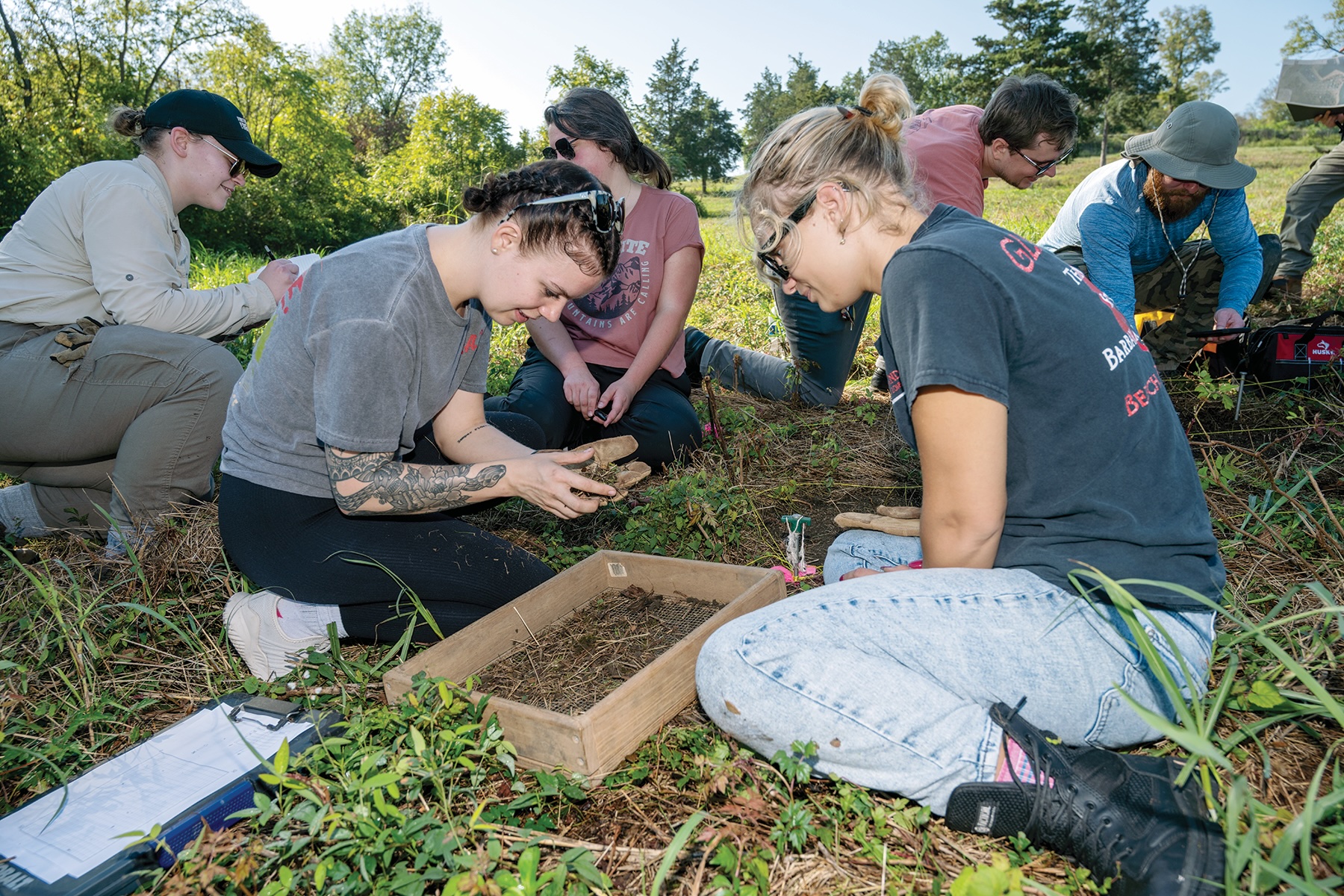
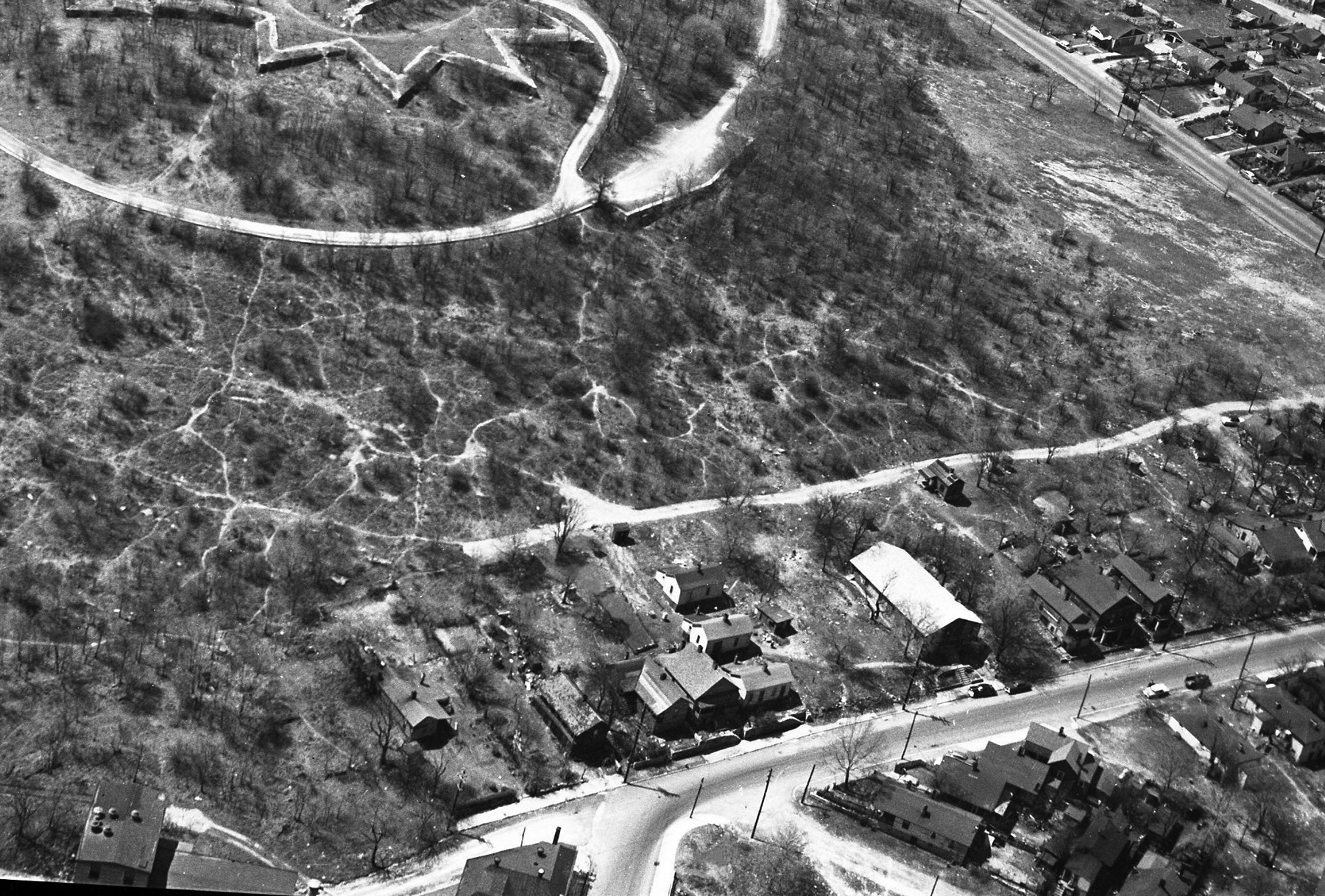
Some of the artifacts ultimately will be displayed in the Fort Negley Visitors Center, at 1100 Fort Negley Blvd. in Nashville. The site is also at the heart of the Fort Negley Master Plan, a $50 million project to improve and further preserve the historic site.
During the fall 2024 excavation, “there was also a great deal of melted-down metal pieces, and perhaps one of the most interesting discoveries, at least according to the students, was a single flip-flop,” said Tims, explaining that it was likely left from one of the homeless encampments that frequented the area in recent years.
“People tend to associate archaeology with people who lived long ago, but a site like Fort Negley still has connections and importance for people in the present day,” Tims added. “I find that to be very compelling, and for me, it makes the work we do even more important.”
